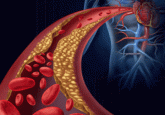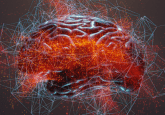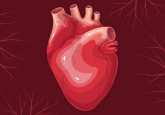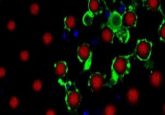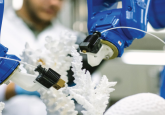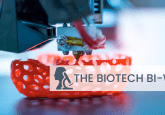Cardiac tissue cultures – out now in 3D!
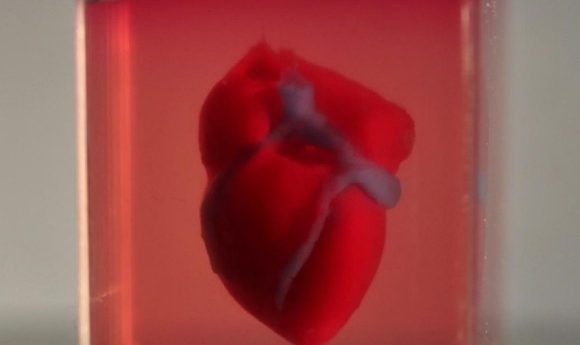
Researchers print 3D vascularized human heart from a patient’s own biological materials.
Heart disease is currently the leading cause of death in the USA and for many patients with end-stage heart failure, heart transplant provides the only option for treatment. Due to a shortage of donors, the waitlist for such a surgery can be long, often more than 6 months, and there is a clear need for new regenerative treatments.
This is the first time anyone anywhere has successfully engineered and printed an entire heart replete with cells, blood vessels, ventricles and chambers,”
In an attempt to overcome the donor shortage, researchers from Tel Aviv University (Israel) have printed a 3D human heart, creating a vascularized organ from the patient’s own cells and biological materials. The study was recently published in Advanced Science.
“This is the first time anyone anywhere has successfully engineered and printed an entire heart replete with cells, blood vessels, ventricles and chambers,” commented lead researcher Tal Dvir. “This heart is made from human cells and patient-specific biological materials. In our process these materials serve as the bioinks, substances made of sugars and proteins that can be used for 3D printing of complex tissue models.”
To create their heart, the researchers biopsied fatty tissue from the patients and then separated the cellular material of the tissue from the a-cellular. The individual cells were reprogrammed to become induced pluripotent stem cells (iPSCs) while the extracellular matrix was processed into a personalized hydrogel consisting of the tissues’ collagen and glycoproteins.
After combining the cells with the gel, the iPSCs were differentiated to cardiac or endothelial cells to form cardiac patches, complete with blood vessels, that would come together resulting in a complete heart that was patient-specific and immune-compatible.
-
Catching z’s to prevent heart disease
-
Mediterranean diets: the heart health benefits that might encourage you to make the switch
-
3D printing on skin
Dvir emphasized that the use of the patient’s own tissue is vital to the success of the organ. “The biocompatibility of engineered materials is crucial to eliminating the risk of implant rejection, which jeopardizes the success of such treatments,” he explained. “Ideally, the biomaterial should possess the same biochemical, mechanical and topographical properties of the patient’s own tissues. Here, we can report a simple approach to 3D-printed thick, vascularized and perfusable cardiac tissues that completely match the immunological, cellular, biochemical and anatomical properties of the patient.”
The next steps for the researchers are to culture the organs in the lab and teach them to behave like human hearts, before transplanting them into animal models.
“We need to develop the printed heart further, the cells need to form a pumping ability; they can currently contract, but we need them to work together. Our hope is that we will succeed and prove our method’s efficacy and usefulness. Maybe, in ten years, there will be organ printers in the finest hospitals around the world, and these procedures will be conducted routinely,” he concluded.
